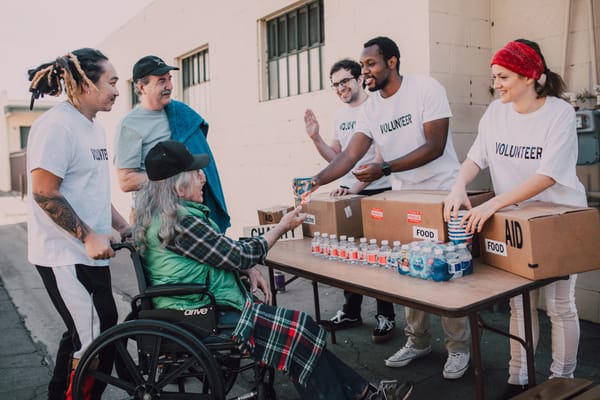Avoid the 12 Major Gift Development “Sand Traps”

In the world of fundraising and philanthropy, securing major gifts is often akin to navigating a challenging golf course. Just as golfers must steer clear of sand traps to reach the green, development professionals must avoid certain pitfalls when seeking substantial contributions. In this article, we delve into the 12 major gift development "sand traps" that can hinder your efforts to secure crucial donations.
Whether you're a seasoned fundraiser or just starting on this journey, understanding and avoiding these common pitfalls is essential for success in the world of major gift development.
- There are no shortcuts. We sometimes get unexpected gifts — but never rely on gimmicks. (“Our video will go viral!”) Instead, do the hard work to build donor trust over time.
- Giving remains deeply personal. Even with online giving, give-by-text, or email solicitations — when we ignore face to face cultivation, we leave money on the table.
- Just fix it. If you cannot describe a compelling mission and reason to donate in 30 seconds, don’t try. Remember all nonprofits exist to change or save lives. Start there.
- Keep it simple. It doesn’t matter if you need $10,000 or $100 million. People give when they:
- Support the Mission
- Understand the Plan
- Trust the Leadership
- Cultivate donors. Avoid the Fundraising Event Trap of spending $20,000 to raise $50,000 (and burn out your volunteers and staff). Instead use events to gather and network for major gift cultivation. Major gifts most often come after the event — through private follow up.
- Be prepared. Lack of preparation, lazy strategy, or insensitive approach often gets a $1,000 kiss off donation from those who would have given you $100,000 if you had worked properly.
- Be knowledgeable. Passion, tear-jerk stories, and worthy causes only go so far. Your job is to know your sector, your budget, your needs, your services, and your donors. Think of yourself as a walking nonprofit business plan. Learn what that high level document looks like. Do one.
- Be meticulous. If you can’t say that every dollar is tracked by a CPA, you will not compete for most major gifts. Do whatever you have to do to get CPA oversight and signature on your financials.
- Always say thank you. Show gratitude for any new or repeated or increased donation. If you take your donors for granted, a competing org will not.
- Think strategically. Do not always seek to close a donation by getting a specific amount committed at a first meeting — or you may get a fraction of what they really can give. 90% of the time, asking the donor to think about it and confirming 3-5 days later will increase their gift.
- Maintain an always up to date wish list. Include goods or services that would benefit your nonprofit ranging from $100 to $100,000+ and how they would help. Make special note of things that would save or make money on an ongoing basis (such as a new HVAC unit). Some people prefer to give a specific thing than to a general fund. Make it easy for them.
- Every donation matters. Cultivation starts with personal conversation and a single gift of any amount or kind.
Major gift fundraising is a dynamic and impactful endeavor, and by staying aware of these potential obstacles, you'll be better equipped to navigate the complexities of the field. Each donor interaction presents an opportunity to build meaningful connections and drive support for your organization's mission. By adopting the right strategies and adhering to best practices, you can overcome these common hurdles and position your organization for transformative contributions.


